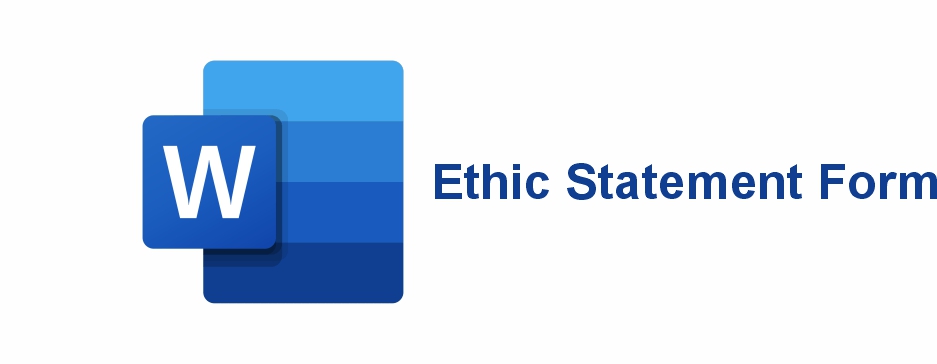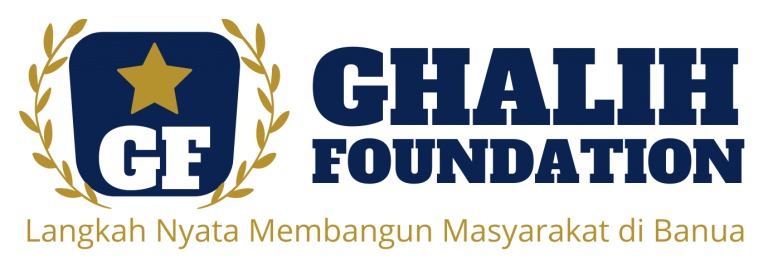THE ENHANCEMENT OF TEMPERATURE IN BOILER BY STEAM INJECTION
DOI:
https://doi.org/10.53893/austenit.v15i2.7043Keywords:
Boiler, Fouling, Steam InjectionAbstract
The boiler is equipment widely used in various industrial sectors such as power plants, fertilizer plants, paper mills, and others. The combustion chamber is an important part of the boiler which can determine the quality of the steam product. The main problem has happened in combustion chambers such as unburned hydrocarbon/carbon loss which is called fouling. Fouling has occurred in many boilers, which use coal or oil as fuel for the production of steam and decreases boiler performance. The purpose of this research is to increase temperature by adding steam injection to reduce fouling to compare with and without steam injection. Two indicators that have the potential to enhance heat transfer are the elevation in temperature and the reduction in fouling percentage. The variables in this research were air flow of 15 L/min, 17,5 L/min, and 20 L/min and steam injection pressure of 2 bars, 3 bars, and 4 bars. The maximum temperature enhancement was 37,5% in 15 L/min of air flow at a steam injection pressure of 2 bars and 3 bars. The maximum fouling abatement was 78,57% in 15 L/min at a steam injection pressure of 4 bars.
Downloads
References
Awad, M. M., El-Wahab, I. A., & Gad, H. (2007). Effect of surface temperature on the fouling of heat transfer surfaces. surfaces, page. 21, 23-39. https://www.researchgate.net/publication/237336142_EFFECT_OF_SURFACE_TEMPERATURE_ON_THE_FOULING_OF_HEAT_TRANSFER_SURFACES
Azharuddin, dkk. Rancang Bangun Alat Boiler Kondensor.2013. Austenit.Vol. 5. No..3 https://doi.org/10.5281/zenodo.4546495
Bustan, M. D. (2007). Effects of Steam Injection Flow in Burner and Outside Water Tube to the Increasing of Boiler Temperature. ASEAN Journal of Chemical Engineering, 7(2), 120-126. Retrieved from https://journal.ugm.ac.id/v3/AJChE/article/view/7685
Eaton, M. A. (2007, January). Analysis of boiler fouling and boiler cleaning methods at the commerce refuse-to-energy facility. In North American Waste-to-Energy Conference (Vol. 47896, pp. 119-126). https://doi.org/10.1115/NAWTEC15-3210
Ganaphathy, V. 2003.â€Industrial Boiler and Heat Recovery Steam Generators: Design, Application, and calculationsâ€. Marcell Dekker Inc. New York. https://books.google.co.id/books/about/Industrial_Boilers_and_Heat_Recovery_Ste.html?id=K8Ucuj-Mx-oC&redir_esc=y
Hare, N. M. G. R., Rasul, M. G., & Moazzem, S. (2010, February). A review on boiler deposition/foulage prevention and removal techniques for power plant. In Recent Advances in Energy and Environment. Proceedings of the 5th IASME/WSEAS International Conference on Energy & Enviroment (EE'10) (Vol. 23, p. 25). https://www.researchgate.net/publication/229034998_A_review_on_boiler_depositionfoulage_prevention_and_removal_techniques_for_power_plant
Ibrahim, Hassan Al Haj. 2012. “Chapter 3 : Fouling in Heat Exchangerâ€. INTECH https://www.researchgate.net/publication/235338024_Fouling_in_Heat_Exchangers
Kayadelen, H. K., & Ust, Y. (2014). Performance and environment as objectives in multi-criterion optimization of steam injected gas turbine cycles. Applied Thermal Engineering, 71(1), 184-196. https://doi.org/10.1016/j.applthermaleng.2014.06.052
Kayadelen, H. K., & Ust, Y. (2013). Prediction of equilibrium products and thermodynamic properties in H2O injected combustion for CαHβOγNδ type fuels. Fuel, 113,389-401. https://doi.org/10.1016/j.fuel.2013.05.095
Kern, Donald. Q. 1965. "Process Heat Transfer", New York : Mc Graw-Hill Book Company. https://www.scirp.org/(S(lz5mqp453edsnp55rrgjct55.))/reference/referencespapers.aspx?referenceid=2105586
Lee, C. E., & Kim, D. H. (2020). Heat recovery boilers with water spray. Part I: Thermodynamic analysis validation and boiler practicality. Thermal Science and Engineering Progress, 18, 100491. https://doi.org/10.1016/j.tsep.2020.100491
Downloads
Published
How to Cite
Issue
Section
License
Copyright (c) 2023 Authors and Publisher

This work is licensed under a Creative Commons Attribution-ShareAlike 4.0 International License.
The Authors submitting a manuscript do so on the understanding that if accepted for publication, Authors retain copyright and grant the AUSTENIT right of first publication with the work simultaneously licensed under a Creative Commons Attribution-ShareAlike License that allows others to share the work with an acknowledgment of the work's authorship and initial publication in this journal.
AUSTENIT, the Editors and the Advisory International Editorial Board make every effort to ensure that no wrong or misleading data, opinions or statements be published in the journal. In any way, the contents of the articles and advertisements published in AUSTENIT are the sole responsibility of their respective authors and advertisers.















